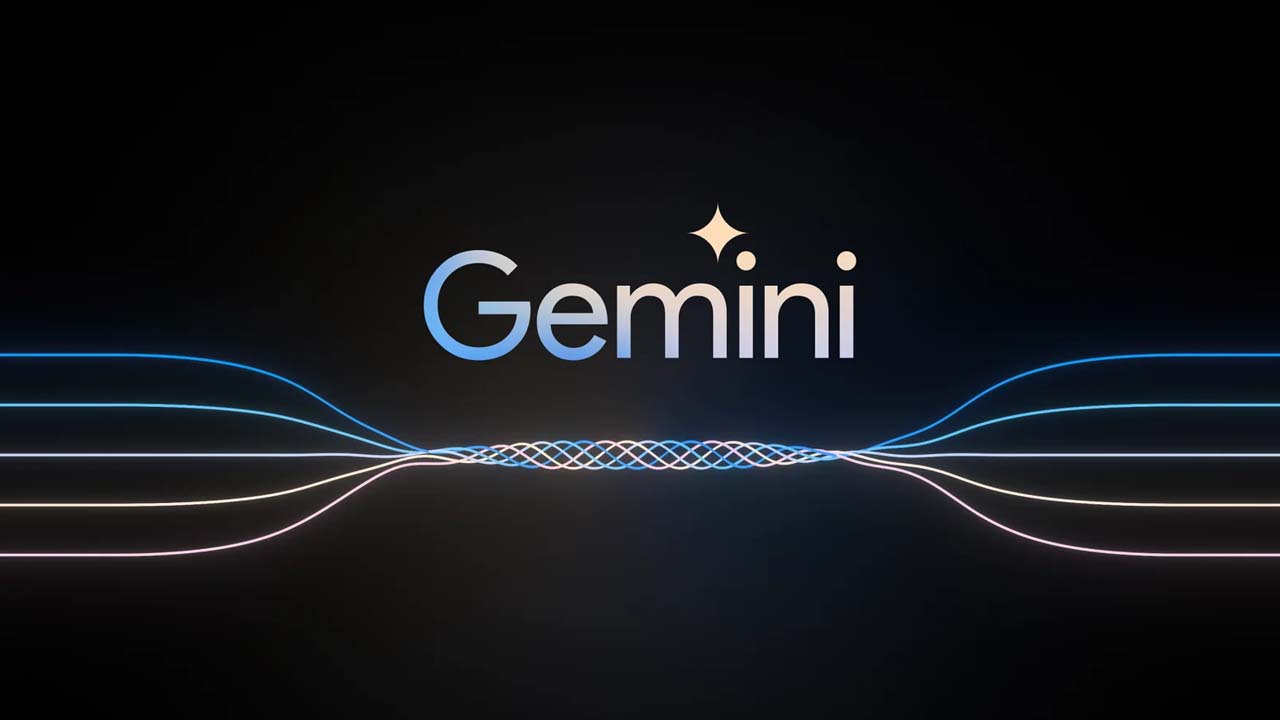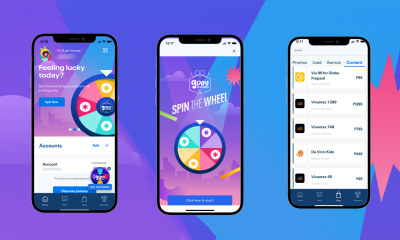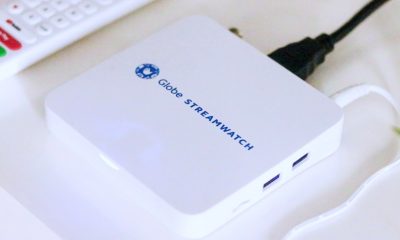Enterprise
Globe senior advisor Dan Horan talks data cap, fiber, Netflix deal, and content creation and distribution

Globe Telecom, one half of the Philippines’ telco duopoly, held its first Wonderful Wold with Globe event last June 24. And on the sidelines of the evening’s program that saw Netflix, Sports Illustrated, and Turner Broadcasting, among others, joining Globe’s growing list of content partners, we spoke with Globe chief advisor Dan Horan about data capping, expanding fiber-internet service in the Philippines, what the Netflix partnership will look like and mean for customers, and his company’s evolution into a content provider.
Spoiler alert: Data capping — two words you should never ever say to an avid internet user — is here to stay for the foreseeable future. Or at least as far as Globe’s mobile and broadband services are concerned. On a more positive note, Horan hinted at the likelihood that data rates would drop over time.
This interview has been edited and shortened for clarity.
GadgetMatch: You introduced several new content partners this evening. How will your expanded list of streaming services affect your data-capping scheme?
Dan Horan: Obviously, over time content changes. Now, we’re seeing lots of on-demand videos. As you know, we just launched a partnership with Netflix.
One of the things that’s really important is that we’re continuously building our networks to allow services to truly operate well. Earlier, you saw speeds of up to 100Mbps, which is more than enough for video services. We’re also building our WiFi networks. In many shopping malls, you see our up-to-100Mbps WiFi connections. We offer those connections for free, and not just to Globe customers. We’re also building our broadband network, which is physically the hardest because you have to go from house to house.
All of those have different cost structures and different capabilities, and they cost a lot of money. The investment in San Miguel Corporation alone cost us three quarters of a billion U.S. dollars. As much as I would love to offer our carrier services for free, we do need to recover some money. So it’s a delicate balancing act between making our shareholders happy and getting content in the hands of consumers affordably and fast.
You’ll see over the next few months that we will start to introduce more and more data options. And in the coming years, we will be adjusting our packages and prices to allow the Filipino community to get as much content as we can give them.
Fiber expansion is a topic of interest among internet users in the country. What are your plans for the future?
We have so many new things coming. One of the things we’re working on right now is that we’re putting future builds on our website to give you an idea when fiber will be available in your area. We also have $60 million in terms of upgrades happening on a lot of existing infrastructure as we speak.
Binondo is a good example, where we installed fiber everywhere. So if you want gigabyte speeds in that area, we can give it to you finally. I can also tell you that we have a big investment right now, and within the next three or four months, you’re gonna be seeing a lot of new locations that we’ll be upgrading with fiber. In Quezon City, there will be a lot of locations.
Netflix mentioned earlier that Globe is its first partner in the Philippines. How will the deal impact consumers?
So we signed an exclusive agreement with Netflix. And what that means is that customers will soon start to see services from Globe and Netflix that won’t be available anywhere else. It will be a mixture of both content and streaming packages. I can’t be more specific, but you’ll start to see things that are currently not available in the Philippines.
Let’s talk about Globe’s transformation into an entertainment company. Is this the next crucial step for your company?
Absolutely. We don’t treat ourselves as a telco anymore. I don’t think anybody mentioned megabytes or gigabytes or things of that nature tonight. You saw stories, you saw emotions, you saw brands that bring content to life. For us, those brands go hand-in-hand with our networks. The two have to work together.
With Globe Studios (which will produce original films and shows for the company), for example, we have the ability to make our own content, which we couldn’t have done before, and deliver it to anyone, anytime, anywhere. For me, that’s where we start to think of things from a lifestyle perspective.
A big question is where Globe Studios will put the content it creates. Will it only be available on Globe portals?
No, not at all. What’s great is that we can put the content in different platforms. We can put it in the cinema, and take it from cinema to subscription and so forth. The others we can upload to YouTube; some we can put in services like Astro, HOOQ, and Netflix. What Globe Studios gives the Filipino community is a platform to create content and monetize it internationally. If we have something that’s marketable worldwide, then why not?
[irp posts=”9513″ name=”Globe Prepaid Home WiFi review”]


The ongoing trade war between the United States and China is putting a lot of companies out of business in one country. While all eyes are currently on America’s crusade against TikTok, China has launched a salvo of its own. The country has started banning AMD and Intel, starting with government devices.
Recently, as reported by the Financial Times, China has introduced a new rule that bans American chipsets and servers from government agencies. The new ban includes AMD, Intel, and Microsoft Windows.
In lieu of the now-banned brands, Chinese government agencies must use approved brands from a list of 18 Chinese manufacturers. Unsurprisingly, the list includes Huawei, another brand involved in the ongoing trade war. (Huawei is still banned on American soil.)
As with bans from America, China’s latest rules stem from a desire to implement national security. Both countries allege that using brands from the opposing side will open a potential avenue for transferring classified information.
Currently, the ban against the American chipsets are only affecting government devices. However, if it follows the same trajectory as Huawei and TikTok in the United States, a government-only ban might soon lead to an all-out ban on consumer devices. As TikTok is currently hanging in the balance, it’s unlikely that the trade wars will cool down anytime soon.

So far, Apple’s greatest enemy has been the European Union. Months and months of claiming that the company engages in anti-competitive practices, the region has successfully caused Apple to drastically change a lot of things about the iPhone including the Lightning cable. Now, a new challenger wants Apple to answer for its supposed grip on the industry: the United States government.
Today, the Department of Justice is officially suing Apple for supposedly monopolizing the smartphone industry and stifling competition. The lawsuit alleges that Apple’s lineup of products prevent users from trying out other brands. For example, Apple limits how well a third-party smartwatch works on an iPhone, pushing users to go for an Apple Watch instead.
The lawsuit also includes an important pain point in Apple’s fight in Europe. It says that the company makes it difficult for iPhone users to communicate with Android users (and vice versa). Late last year, the company already committed to supporting RCS as a messaging standard, finally easing communication between the two systems. Their adoption has yet to arrive, though.
Though not as stringent as Europe, the American government is no slouch when it comes to questioning its own companies for pursuing anti-competitive practices. In the past, it went through Google and Spotify to protect the interests of its citizens. The lawsuit against Apple is no different, gathering signatures from sixteen states.
For Apple’s part, the company aims to get the case dismissed, alleging the lawsuit’s unfair scope of just the American people when it targets the entire world.
SEE ALSO: Apple opens first Developer Center in Southeast Asia

With how technology is these days, it’s no surprise that the next big thing is always just over the horizon. However, these developments often happen year after year. Today, artificial intelligence is strapping a rocket to this already fast trend. Only a few months since the launch of Gemini, Google has already launched its successor, Gemini 1.5.
Launched only recently, Gemini is a marvel in itself. Prior to the model, Google was already a force in the AI world with Bard. Gemini takes the former model and improves an already impressive service. Currently, users — both in business and for personal use — can subscribe to the service.
Today, Google has confirmed that Gemini 1.5 is official. The company is touting how much more impressive the new version is, compared to its predecessor. For one, Gemini 1.5 Pro is just as powerful as the current Gemini Ultra, beating the latter on 87 percent of tests. The new version is reportedly more efficient in allocating only the necessary resources for queries, rather than the entire model.
Despite allocating resources, Gemini 1.5 can handle a million tokens at a time. For reference, Gemini Pro can only handle 32,000 tokens at a time. Basically, the new version can parse through a humungous chunk of data all at once without batting a digital eye. (Google is claiming that capabilities for 10 million tokens is nearing, too.)
If you want to see what a million tokens in the palm of your hand feels like, Gemini 1.5 is already available for developers and business users. However, a wider rollout is still coming soon.
-

 Accessories2 weeks ago
Accessories2 weeks agoApple Vision Pro Review: Two Months Later
-

 Features5 days ago
Features5 days agoFortify your home office or business setup with these devices
-

 Gaming1 week ago
Gaming1 week agoThe Rogue Prince of Persia looks like an ultra-colorful roguelite
-

 Events1 week ago
Events1 week agoStellar Blade: PlayStation taps cosplayers to play Eve for game’s launch
-

 Gaming1 week ago
Gaming1 week agoStar Wars Outlaws release date revealed
-

 Accessories1 week ago
Accessories1 week agoLogitech unveils G Pro X 60 gaming keyboard: Price, details
-

 Philippines2 weeks ago
Philippines2 weeks agovivo Y100 to release in Philippines on April 27
-

 Deals2 weeks ago
Deals2 weeks agoSamsung Awesome April: Deals on Galaxy A series

























